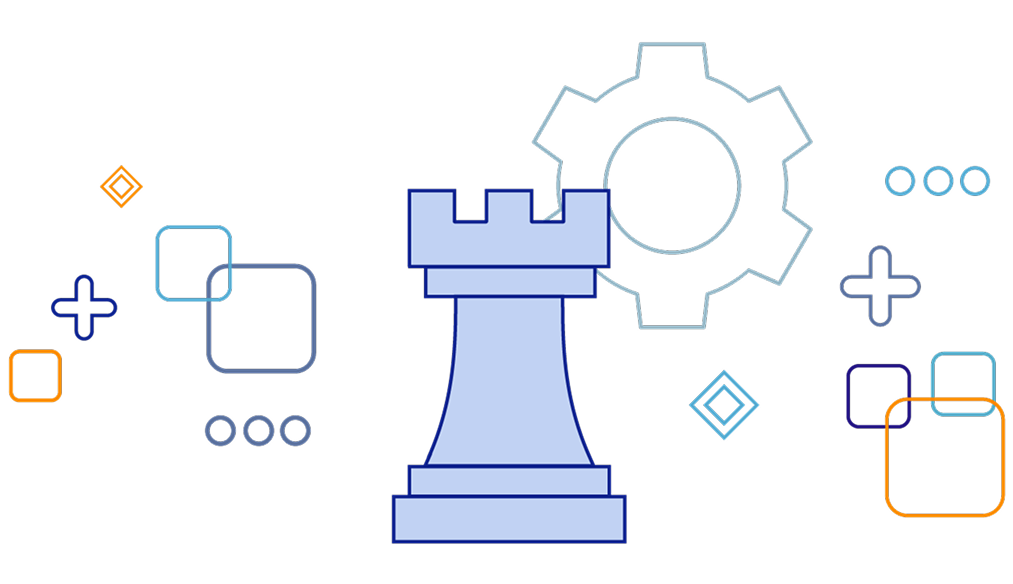
PARTNER CASE STUDY
Neosoma: 510(k) Clearance for AI / ML Devices
Rook Quality Systems has helped numerous clients get through various regulatory submissions with several classes and types of medical devices. Over the last few years, software devices have increasingly made their way into the medical device field and software devices incorporating artificial intelligence (AI) / machine learning (ML) are also gaining more focus. Despite the newness of such devices, one client with the aforementioned device approached Rook and was successful in gaining clearance for their AI/ML SaMD device with our support. How did we do it? By using our team of expert engineers to dedicate time to learning about the client's product, working with the regulatory consultant to develop a sound strategy for presenting the information to the FDA, and working with the client to prepare the necessary documentation. Join us as we provide a case study for Neosoma.
Premise
In 2021, Neosoma was pursuing FDA 510(k) clearance on their Neosoma HGG (then named NS-HGlio) SaMD device which incorporated an AI/ML algorithm as a tool to visualize and aid in diagnosis of high grade gliomas.
Development of the Neosoma HGG software was almost complete and Neosoma needed support in bringing the documentation up to date with the current development status in preparation of their 510(k) submission.
Engagement
To start, Rook developed a project plan laying out the relevant documentation that Neosoma would need in their QMS and for the FDA submission. Rook assigned a project manager and a skilled software engineer to help ensure project completion. Neosoma provided the timeline they would like to work towards, and Rook got to work.
Next, Rook began to prepare planning documentation and other records for the software. Rook then worked closely with the Neosoma software team to prepare documentation for the 510(k)-submission including software requirements, risk analysis, and test cases.
During the process, one key consideration for their AI/ML algorithm involved separation of datasets from training sites and sites used for validation of the algorithm. This point is critical for AI/ML algorithms to reduce bias skewing clinical results at different sites towards results of patients seen at the training sites.
Once Neosoma got through design verification and validation, Rook began to compile documents for the submission. Rook worked with Neosoma as well as their Regulatory consultant to facilitate communication with the FDA in the review process until Neosoma obtained clearance.
Outcome
With RookQS' help, Neosoma was able to compile all the software documentation necessary to support their 510(k) submission for their AI/ML software. Neosoma successfully obtained their 510(k) clearance on September 27. 2022.
Join our mailing list for the latest Rook events, thought leadership, and more.